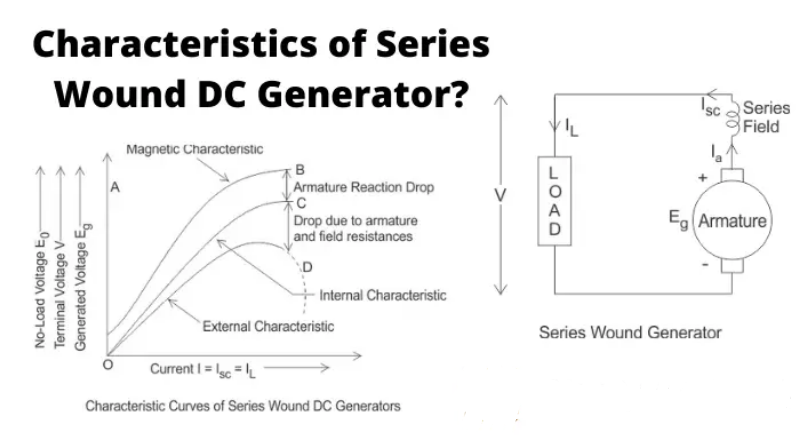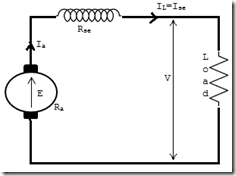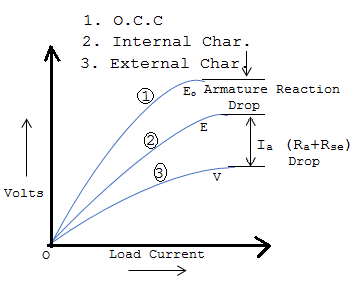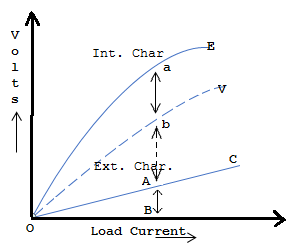
A DC series generator is a direct current (DC) generator with several unique features that make it suitable for certain applications. Unlike other DC generators, the field winding of the series generator is connected in series with the armature winding. This configuration leads to special performance characteristics and operating principles. Understanding the characteristics of a DC series generator is crucial for engineers, electricians, and anyone working with DC systems.
What is a DC series generator?
A DC series power generator is a direct current (DC) generator characterized by its special configuration of field and armature windings. It belongs to the family of DC generators and is used in various applications due to its unique properties and performance.
Definition and basic concept
DC series power generator is a machine that converts mechanical energy into electrical energy through electromagnetic induction. It works based on the basic principle of Faraday's law of electromagnetic induction, in which a changing magnetic field induces an electromotive force (EMF) in a conductor, generating electricity.
Construction and components
A DC series power generator consists of several essential components, each of which plays a crucial role in its function:
- Armature Winding: The armature winding is the primary winding of the generator and consists of several coils of wire wound on an armature core. When the armature rotates in the magnetic field, it generates electrical energy.
- Field winding: Field winding is another important winding in the generator. It is usually wound with fewer turns and thicker wire than the anchor. It generates the magnetic field necessary for electromagnetic induction.
- Commutator: The commutator is a rotary switch made of copper lamellas that is fixed on the armature shaft. It ensures that the generated electrical current flows through the external circuit in the desired direction.
- Brush: Brushes are stationary conductive elements that are in contact with the commutator. They transfer the current generated from the rotating armature to the external load circuit.
- Shaft and Bearings: The post provides mechanical support to the armature and allows it to rotate smoothly in the generator. Bearings reduce friction, ensure efficient rotation and minimize wear.
The following figure shows the circuit diagram of a generator connected in series. Since only one current flows through the entire machine, the load current due to the excitation wind is the same.

The first curve below the figure shows the no-load characteristic of a series generator. It is determined experimentally by disconnecting the machine's field winding and energizing it from a separate DC source as described in the no-load characteristic diagram of the DC generator.

Armature Winding Terminology
The external characteristics of a series generator are shown in the curve above. This curve shows the relationship between the terminal voltage and the load current I M :
Therefore, external resources may be below internal resources by an amount equal to the unit resistance drop (i.e. I A (R A +R if )) inside the machine.
The internal and external characteristics of a DC series power generator are different from each other, as shown in the following figure.

Let's assume we specify the internal characteristics of the generator. Let the graph OC represent the resistance of the entire machine i.e. R A +R s and When the load current is OB, the drop in the device is AB i.e. AB = Ohmic drop in the machine = OB (R A + R se ).
Now draw a vertical line from point B and mark a point b on this line e.g. B. ab = AB. So point b could be in the external characteristics of the generator. Following a similar procedure, several external factor points are located. If we examine that we collectively derive internal characteristics from external characteristics, it is simple.
Conclusion
In summary, analyzing the performance characteristics of a DC series generator reveals its versatility, power generation capacity and adaptability to different loads. Each characteristic plays a crucial role in defining the overall performance of the generator, from field flux variation to high torque at low speeds, armature response, efficiency aspects, dynamic response and control mechanisms. By understanding these features, engineers and operators can optimize generator operation and ensure efficient power conversion, stability and reliability in a variety of applications. As technology advances and new challenges emerge, continued analysis and understanding of the performance characteristics of DC series generators will pave the way for further improvements in the efficiency and effectiveness of power generation.

